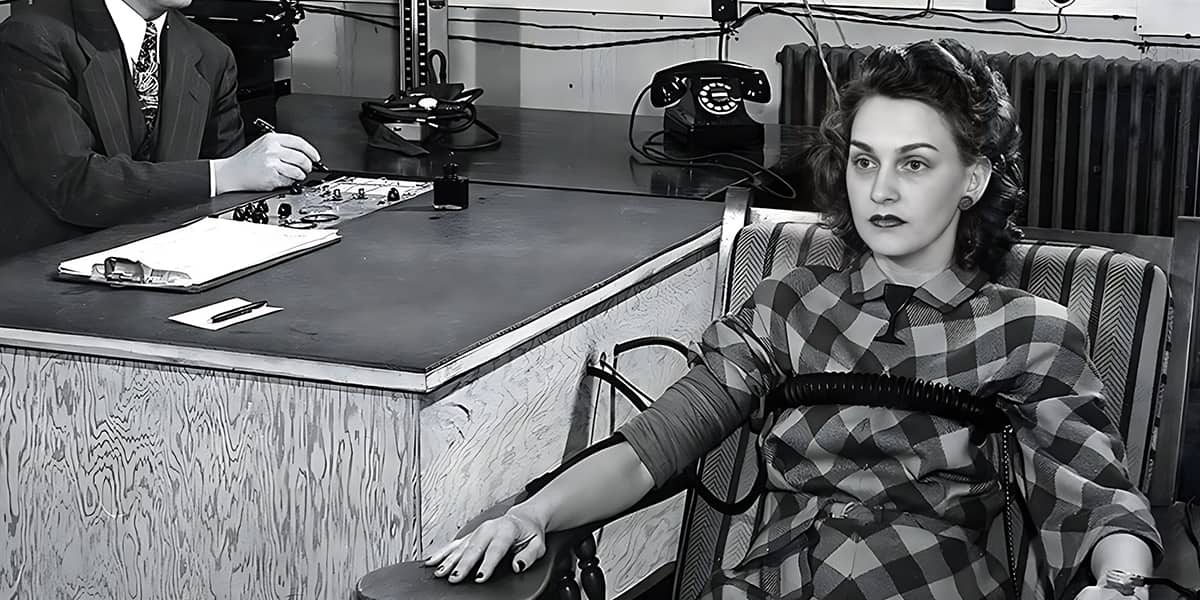Ancient methods of lie detection
Trial by combat
Since time immemorial, human beings have been interested in discovering whether or not someone is lying to them. Throughout history, various ways of trying to detect lying have been developed, and many of them have been used in different cultures and times.
One of the oldest ways of trying to detect lying was through trial by combat. In this method, it was believed that the truth would prevail in battle, and the victorious person would be considered innocent. However, this method was not very effective, as the outcome depended more on the skill of the combatant than on the truth.
The water test
Another method used in ancient times was the water test. In this method, the person suspected of lying was made to drink water and then expected to see if the person had any kind of reaction, such as coughing or vomiting. It was believed that if the person lied, the water would run down their throat. However, this method was not very effective either, as the person could fake a reaction.
Medieval methods for detecting lies
The hot iron and boiling water test
In the Middle Ages, the hot iron or boiling water test was used. In the hot iron test, the person suspected of lying was made to hold a hot object, such as a red-hot iron. If the person was not burned, they were thought to be telling the truth.
In the boiling water test, the suspect's hand was immersed in boiling water. If it did not burn, he was considered to be telling the truth. These methods were extremely painful and not always effective.
Modern scientific methods to detect lying
The polygraph
In the twentieth century, more scientific methods have been developed to try and detecting liesas the polygraph. The polygraph measures the electrical activity of the person's skin, heart rate and breathing to detect signs of nervousness and stress that could indicate that the person is lying.
This method is currently used by major intelligence headquarters and agencies, such as the CIA, FBI, MI6, MOSAT, among others.
Conclusion
In short, throughout history, humans have developed various ways of trying to detect lies, from methods based on superstition and pain to more scientific methods such as the polygraph. Lie detection has evolved significantly, and although there is still no foolproof method, considerable progress has been made in the search for the truth. Today



